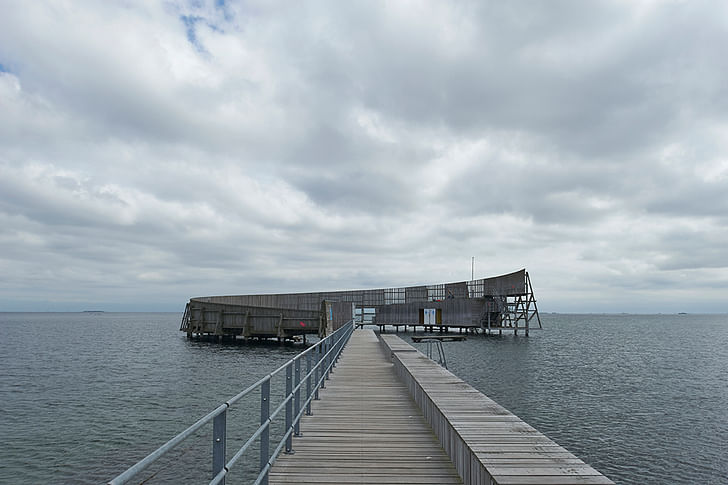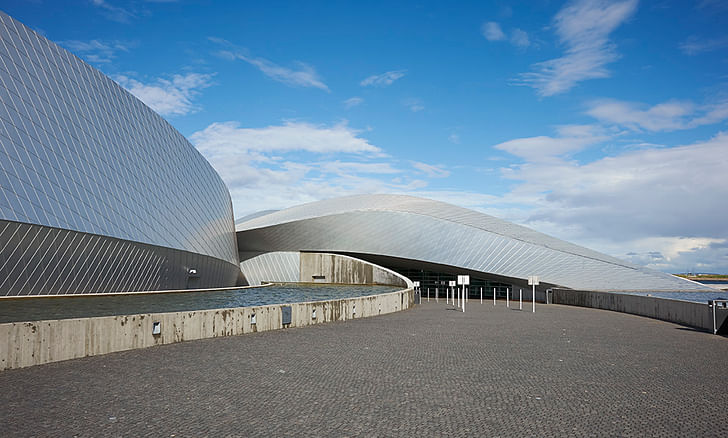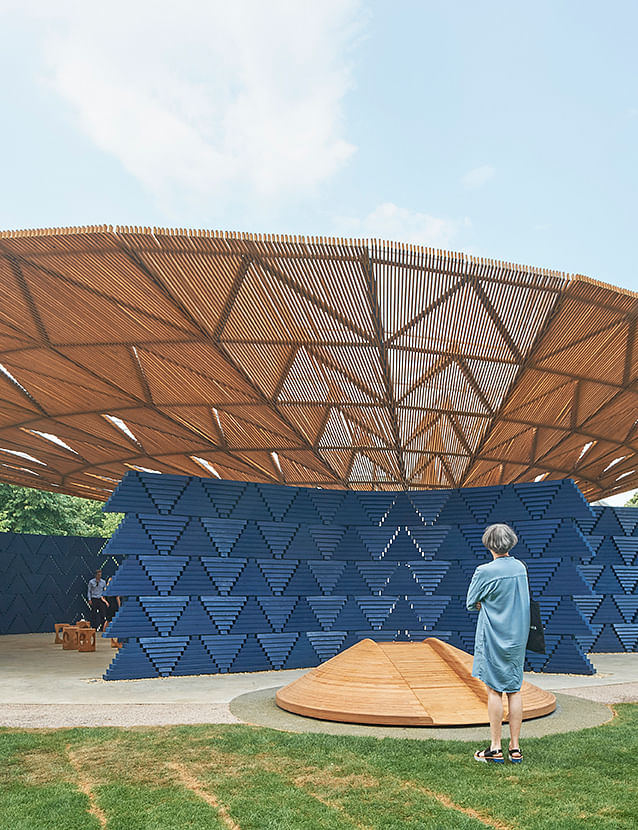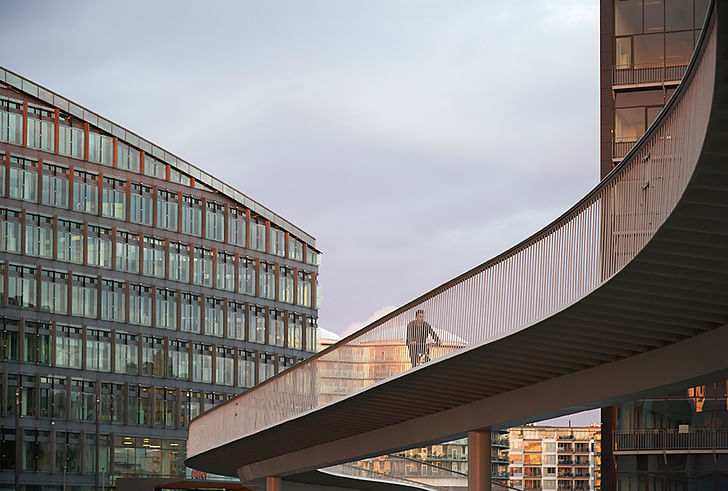

In Focus is Archinect's recurring series dedicated to profiling the photographers who help make the work of architects look that much better. What has attracted them to architecture? How do they work? What type of equipment do they use? What do they think about seeing their work in blogs?
For this instalment, we interviewed Jo Underhill based in London.
What is your relationship with architecture? What drew you to architecture, as a photographer?
My relationship with architecture has come through photography. I studied photography at University of Wales, Newport and actually wanted to become a police photographer that was until I hired out a field camera from the university stores and headed down to the recently completed Cardiff Bay. I’d always had an interest in architecture but after spending a few weeks photographing the buildings and spaces of the Bay I fell in love so any thoughts of forensic photography were soon replaced with becoming an architectural photographer.
About 7 or 8 years ago I also started to become really interested in the raw beauty, texture and geometry of brutalist architecture and so in 2011 started, Beautiful Brutalism, which is an ongoing personal project documenting brutalist architecture around the UK.


Describe how you work... who are your clients?
Most of my commissions come from architects and designers, also magazines who get in contact to feature my images. I also sometimes photograph a building on spec if it’s a project that looks interesting.
If possible before a shoot I like to do a site visit with the client to get an understanding of their vision of the building. I hope my photographs represent how the architects view it as well as communicating the feel of the building, how it is used and it’s uniqueness.
I also think undertaking personal projects is really important for me as lets me express different influences and experiment with different processes that then slowly filter into my commissioned work.

Do you mostly work in a specific region? What is your travel schedule like?
Most of my work is in London but I also travel all around the UK to wherever the building is.
I visit Denmark quite a lot and find the projects happening over there very interesting. I love the simple aesthetics of Danish design and how they incorporate nature into the materials used. I’m also drawn to how the architecture sits within the environment so aim to gain more work with architects over there in the future.

What is your goal when capturing buildings in photographs?
The intent of the architect is the most important so talking with the client beforehand informs my photography of how they want their work considered. After talking with the architect and the site visit I often draw rough sketches of a few shots I want to get. On the shoot things will happen that you didn’t expect, people interact with the building in an interesting way and you will also see different views and details so I like to give myself the freedom to explore the space with my camera as well.
I enjoy capturing how people interact and use the spaces. Also showing the different textures of materials used and how they work with each other. Light and shadow is an interesting element so capturing how the light changes throughout the day to create different atmospheres is important for me. Each building has different elements that I try to show through the photographs.
Hopefully through the series of photographs there are a few images which show a view, detail or intent in a new and unseen way so the viewer sees an element of the building in a different light and this encourages them to visit and explore it themselves.

What are your thoughts about including people in your photos? Is it important to photograph a building in use, or by itself?
I feel it is really important to capture the building being used and enjoyed as well as empty. I aim to produce a series of photographs that shows a glimpse and feel into the life of the building. Showing people within the space and also the more ‘quieter’ views that highlight just details, material and light is important too. Ultimately it also depends on the project and brief.

What are your favourite pieces of equipment?
My tripod as slows me down when I’m working and makes me really consider my shots. Also really comfy shoes as shooting days can be long and you are on your feet all the time so the last thing you need is sore feet!

Do you work alone?
Before and after a shoot it’s a collaboration between myself and the architect or designer. While shooting I normally work alone but I always meet people on the shoot that take an interest in what I’m doing and I really enjoy talking to them. It’s also great to hear their reactions and feelings about the building.

How do you feel about seeing your photographs on blogs and websites?
It’s great to see your photographs on blogs and websites and also great for the client if it is a commissioned piece of work.
For a lot of people photography is the only way they will view a building so for people to view and experience the architecture through my images is fantastic. If it also makes them want to visit the building themselves, that’s even better.
Ellen Hancock studied Fine Art and History of Art at The University of Leeds and Sculpture at Mimar Sinan Fine Arts University in Istanbul.Now based in London she has a keen interest in travel, literature, interactive art and social architecture.
No Comments
Block this user
Are you sure you want to block this user and hide all related comments throughout the site?
Archinect
This is your first comment on Archinect. Your comment will be visible once approved.